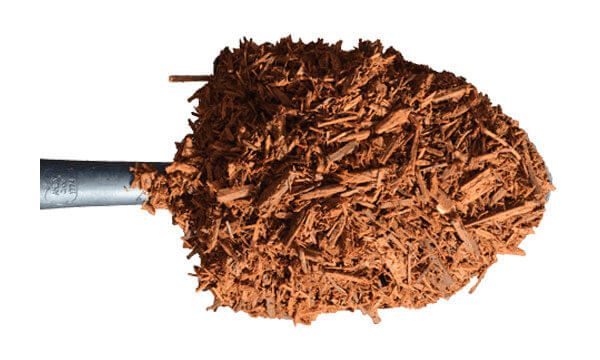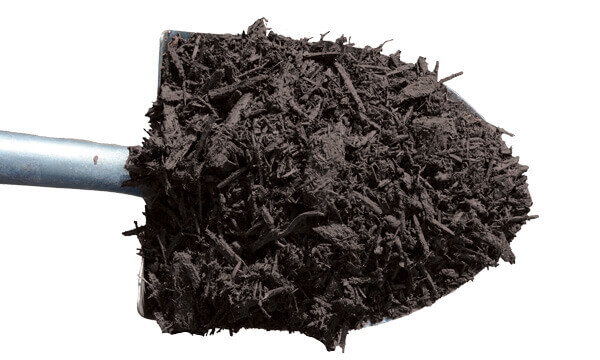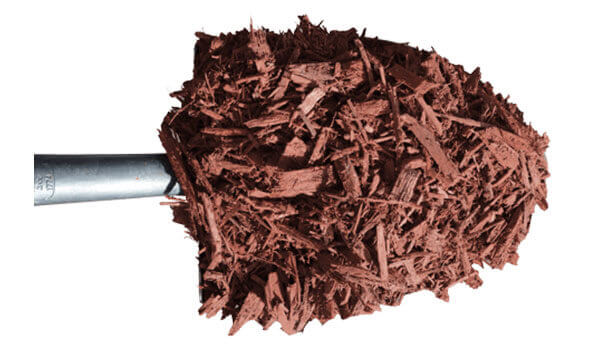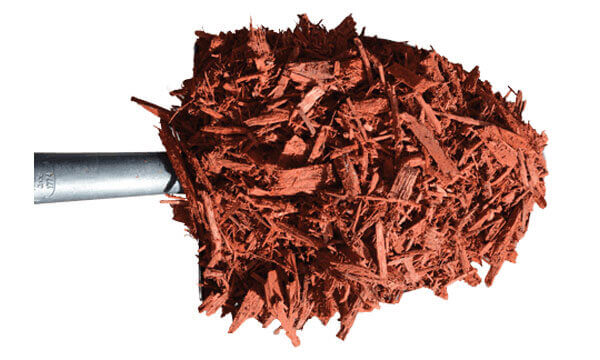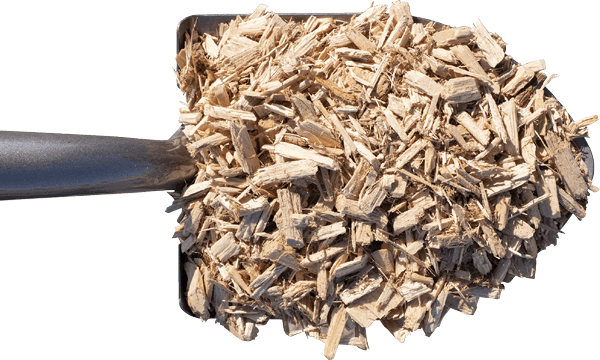Do’s and Don’ts of Mulch
Daydreaming about warmer weather, greener grass, and budding foliage? Don’t fret—the season of spring is upon us! There’s no better way to prep your lawn and add serious curb appeal than with a healthy dose of mulch. With color options ranging from tan to red, our mulch product line will match your project vision.
Here at the SMSC Organics Recycling Facility, we take what otherwise would have been plopped into a landfill and create the perfect amendments to help your yard or garden stand out and flourish. For our mulch, we break down and repurpose all of the wood, brush, and branches that are brought to us from residents, commercial vendors, and our wood-grinding sites.
To help you sift through the basics of Mulch 101, we’ve put together a list of common questions, do’s and don’ts, and a few tips and tricks to get your lawn and landscaping looking top-notch, just in the nick of time for spring.
Why should I use mulch?
Mulch—both natural and colored—is one of the quickest and most affordable ways to rejuvenate residential and commercial landscaping. It enhances the look of any lawn or garden and is easy to use. Applying mulch has many great benefits, including weed deterrence and control, soil moisture retention, runoff and erosion prevention, and protection of your plants against extreme temperatures. Plus, the use of mulch simplifies your landscape and gardening chores—win-win, right?
Where should I use mulch?
Whether you want to conserve some water by reducing evaporation or add a pop of color to your flowerbed, using mulch in your yard holds limitless possibilities. OK, there are a few limits but you still have plenty of options:
- Annual or perennial planting beds
- Areas prone to flooding
- Around plants, shrubs, or trees
- Gardens
- Pathways or walkways
- Raised beds
- Rock gardens
How should I apply mulch?
After the soil begins to warm up, do apply mulch in a 2-inch (or 4-inch) layer. Don’t let mulch build up year after year—remove last year’s layer of mulch if you’re applying a new layer in the same location.
Don’t mound the mulch like a volcano against stems of shrubs or tree trunks, as this limits air circulation and creates extra moisture around the foliage, increasing the risk of disease and creating a welcoming environment for insects and pests.
Do surround foliage and trees with a 3- to 6-foot circle of mulch, and spread the mulch in a thin layer near the trunk, deepening as you move farther out.
Don’t mulch over the crowns of plants—keep mulch 1 to 2 inches away from the crown of a plant.
How much mulch should I buy?
To determine your quantity needs, first you’ll want to figure out how many cubic yards of mulch you are going to need. Measure your space(s) by multiplying the length by the width, and then divide by 6—this is the number of cubic feet you’ll need to apply a 2-inch layer of mulch over the area.
What colors of mulch are available at the SMSC Organics Recycling Facility?
Our high-quality organic mulch is created from mixture of wood and is available in four beautiful colors: natural, red, gold, and dark brown. In order to provide the rich colored mulch that so many of our customers love and use, we partner with a local company for a biodegradable dye, ensuring that our mulch is nontoxic and environmentally friendly.
Our mulch is sourced, processed, colored, and sold locally—helping us promote sustainability and pass savings onto our customers. Stop by and see us for your mulch needs, or give us a call if you have questions or need pricing. And just like spring, we’ll see you soon!

